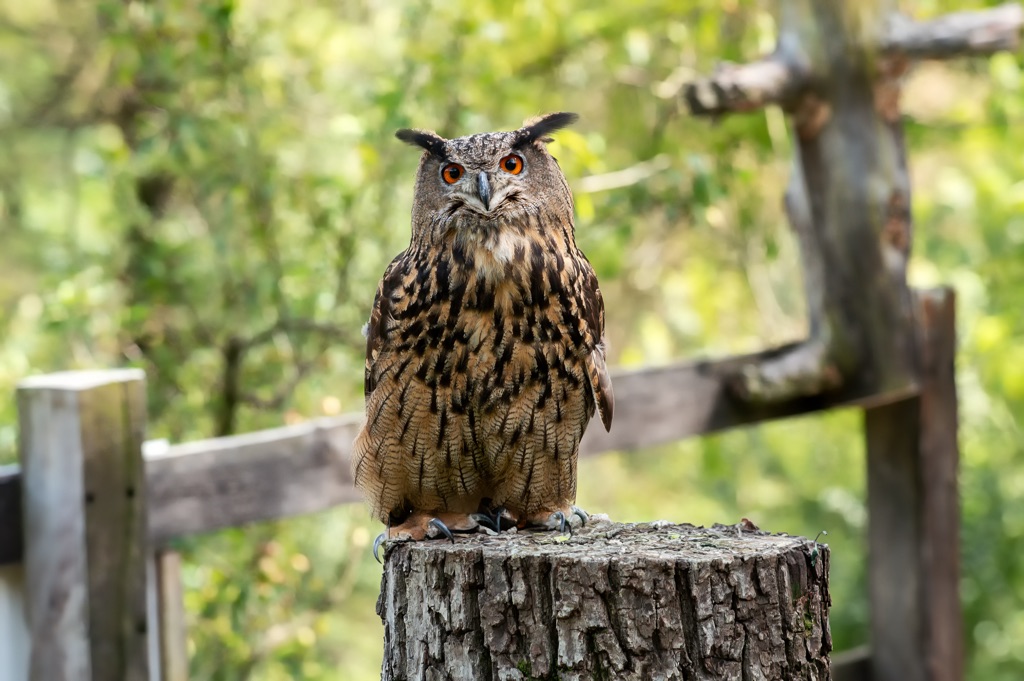Owls are some of the most intriguing creatures in the animal kingdom, often associated with mystery and wisdom. From their silent flight to their nocturnal hunting habits, owls possess an array of fascinating traits that set them apart from other birds. With over 200 species worldwide, these majestic birds have adapted to thrive in a variety of environments, from deserts to forests and even snowy Arctic regions.
One of the most remarkable experiences one can have is witnessing an owl in the wild. Imagine kayaking on a moonless night along the Mississippi River, enveloped in complete darkness. Suddenly, the silhouette of an owl appears overhead, gliding silently through the night. Owls are known for their stealth, thanks to their unique feathers designed to minimize noise during flight. This allows them to swoop down on prey without making a sound—a trait that has earned them the nickname “silent hunters.”
Another captivating aspect of owls is their physical adaptations. Their ability to rotate their heads up to 270 degrees is one of their most famous traits. This remarkable flexibility is made possible by specialized vertebrae in their necks, allowing them to look behind without moving their bodies. Additionally, unlike humans, owls have asymmetrical ears—one ear is positioned higher than the other—which helps them pinpoint the exact location of sounds. This makes them highly effective hunters, particularly in low-light conditions.
Owls also possess binocular vision, meaning their eyes are located at the front of their heads like humans, allowing them to judge distances and depth accurately. Their large eyes are highly adapted for night vision, enabling them to see in almost complete darkness. Although they are farsighted and struggle to see objects up close, their extraordinary long-distance vision more than makes up for it. In fact, an owl’s eyes make up about 3% of its body weight—if humans had the same ratio, our eyes would be the size of oranges!
Barn owls, one of the most iconic species, were once a common sight in farmlands, where they kept rodent populations in check. However, with the rise of modern corporate farming, barn owls have become more difficult to find. They prefer nesting in quiet, secluded places like old barns or tree cavities, which are becoming scarce in today’s industrial farming landscapes.
Despite their mysterious nature, owls are incredibly social birds within their own families. They often communicate through hooting, marking their territory, calling to their mates, or even engaging in vocal duets. Baby owls, called owlets, start practicing their hoots early on, learning to communicate like their parents by the time they reach adulthood.
For those interested in learning more about owls, there are many opportunities to observe these birds in the wild. State parks and owl conservation centers, such as the International Owl Center in Minnesota, offer guided owl-watching tours and educational programs. These events provide unique insights into the lives of owls and help foster a deeper appreciation for these fascinating creatures.
In conclusion, owls are truly one of nature’s most extraordinary birds. From their silent flight and impressive hunting skills to their unique physical traits and fascinating behavior, they continue to capture the imagination of bird enthusiasts and nature lovers alike. If you ever have the chance to go on an owl-watching adventure, take it—you won’t regret witnessing these remarkable birds in their natural habitat.
https://www.internationalowlcenter.org
https://www.jenniferackermanauthor.com/what-an-owl-knows

